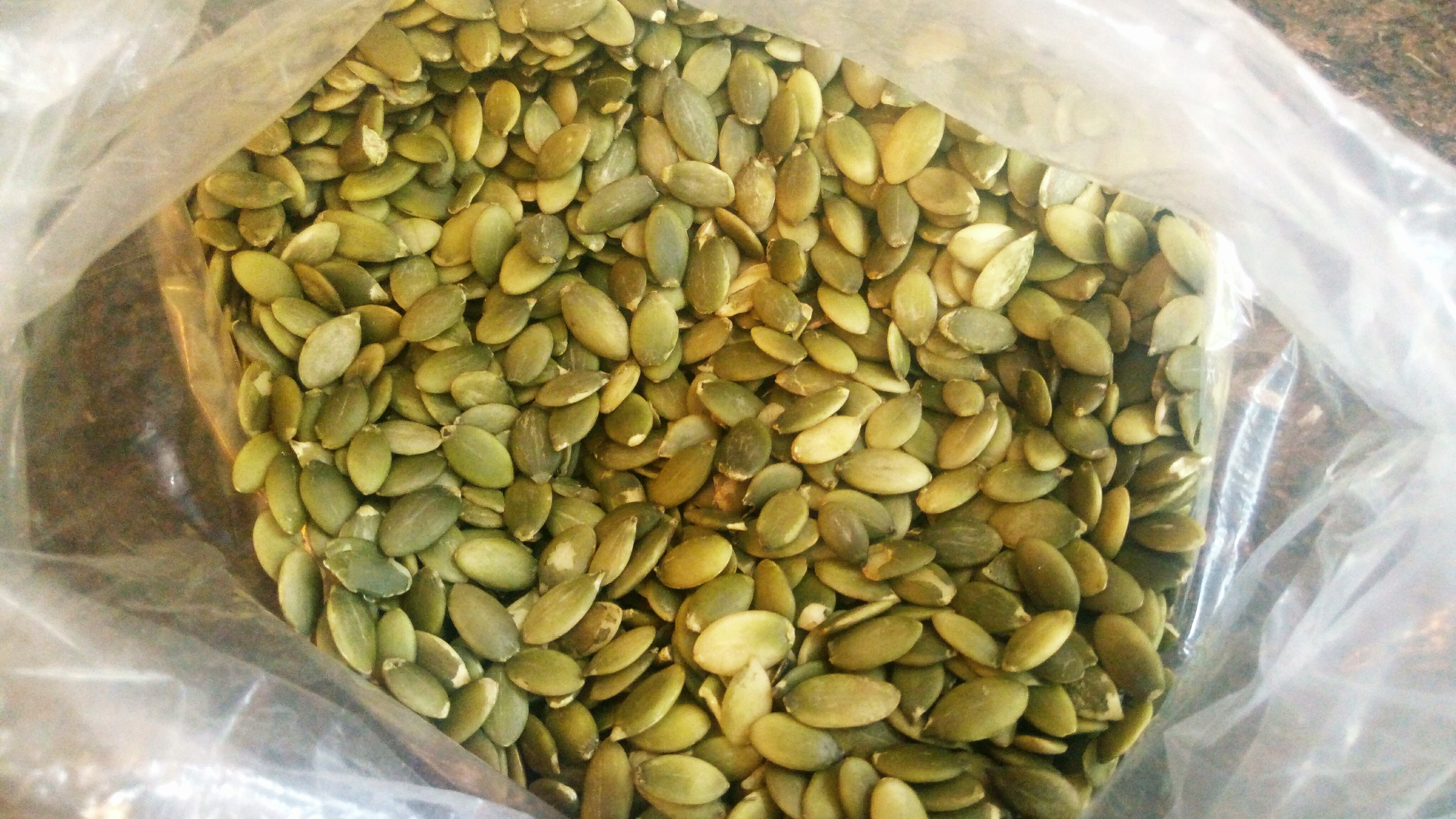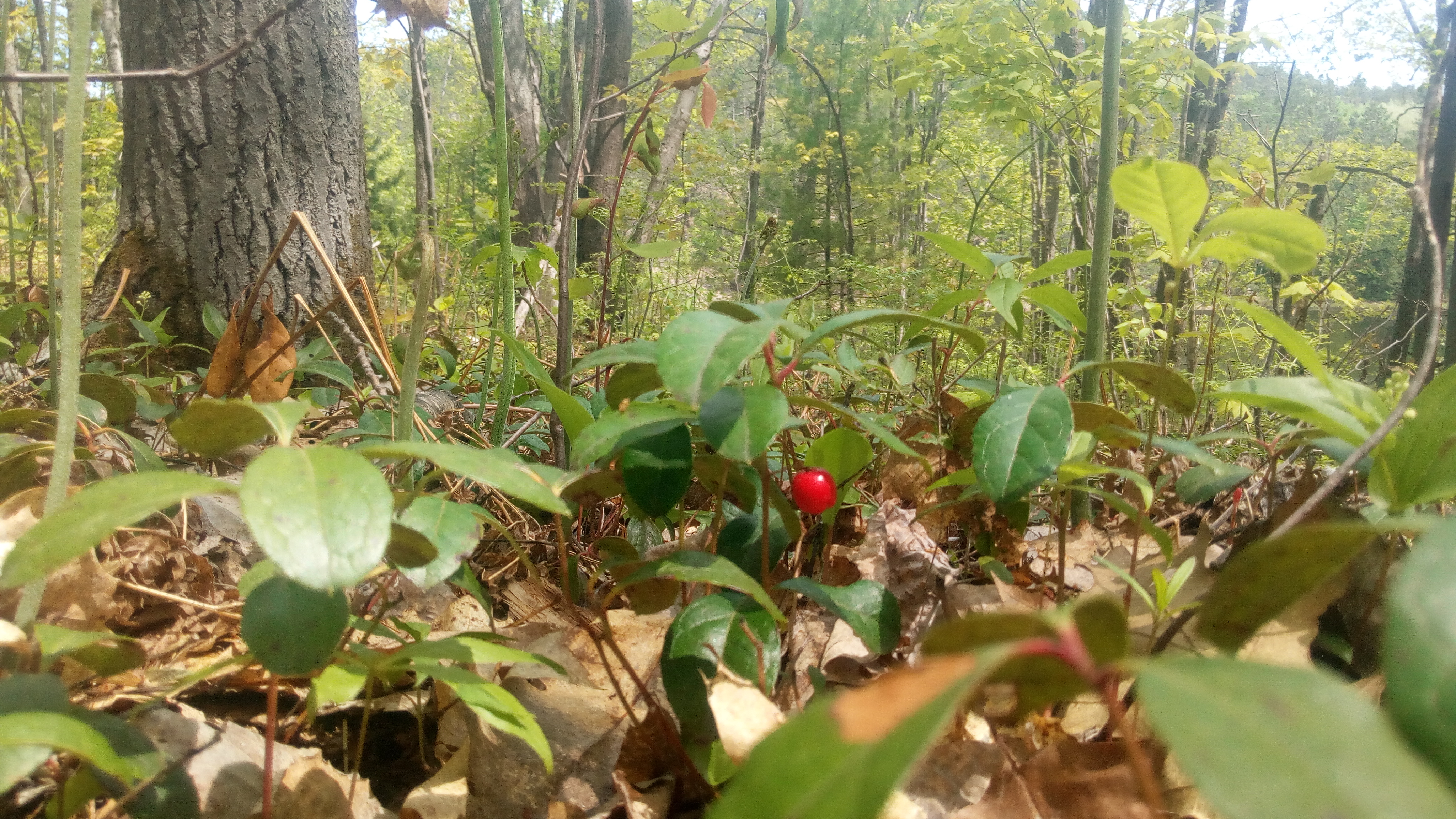Within the majority of the brain the type of brain cells that send nerve signals generally do not get replaced, however they also generally don’t lose function. Dementia – loss of memory and other cognitive skills – is not a normal part of healthy aging. Age related forgetfulness has to do with loss of the connections between brain cells but the brain cells remain functional – so continuing to take part in learning and social activities may help prevent dementia and forgetfulness by helping to maintain current connections between brain cells and add new connections formed during learning or socializing.
And yet Alzheimer’s dementia now “afflicts 5% to 10% of the U.S. population over the age of 65 and as much as 45% of the population over 85.” (page 694, Neuroscience, 6th. edition, 1)
Research for medications for Alzheimer’s treatment have focused on reducing the levels of certain types of protein that collect in the damaged areas of the brain of a patient with the condition, however even if successful at reducing the amount of the protein the medications have not been found very helpful for restoring the patient’s cognitive health. (previous post) People with normal brain function also can have excess of the protein and it is also found in the brains of people with autism disorder – confusing, yes. Adequate quality sleep may help the brain waste removal system keep the levels of excess protein from building up to damaging amounts. (previous post on sleep and the glymphatic system)
Things that may increase risk include chronic stress and the excess cortisol and inflammatory oxidative stress chemicals production. Moderate exercise may help reduce stress and promote detoxification of inflammatory chemicals. Staying socially and mentally active also may be protective of brain function. Prevention is the best medicine for conditions that cause irreversible degenerative changes such as the damage in Alzheimer’s Disease. Learning about new foods and recipes and then making healthy meals to share with others can be a way to combine physical and mental activity and gain from nutrients that help detoxify inflammatory oxidative stress chemicals. (previous post, Foods for beneficial T-cells) – (Nrf2 promoting foods)
T cells are a type of blood cell with immune system functions. Beneficial T cells can help clear excess protein found in Alzheimer’s (2) while other types can increase inflammation and the types can transform based on the level of oxidative stress chemicals that are present so having antioxidants and other phytonutrients in daily meals can help signal the T-cells to take the beneficial forms instead of the inflammatory forms. (The non euphoria producing endogenous cannabinoid 2-AG (acts at the CB2 receptor, somewhat similar to CBD) may also help signal T cells towards the less inflammatory type, and reduce migration of them. page 96)
Nrf2 is a gene and protein that help promote the more beneficial types of T cells and help the immune system in other ways and also promote our own production of antioxidants for reducing the oxidative stress chemicals that are a natural waste product left from energy metabolism – when blood sugar is turned into a usable form of energy.
The long story is complicated, the short story remains,
- include moderate exercise most days of the week,
- have adequate sleep, 6-8 hours/night, ideally with complete darkness, blackout curtains and cover the light from an electric bedside alarm clock (put it in a nearby drawer or cover it with something),
- get some natural sunshine or full spectrum light during the day if possible (may help with vitamin D, bioactive sulfate, and circadian rhythm metabolism within the body which includes production of melatonin,
- stay mentally and socially active,
- reduce stress when possible and/or practice relaxation techniques,
- drink adequate water and regularly eat a good variety of colorful fresh produce, whole grains, nuts, beans, seeds, and include omega 3 fatty acid sources on a daily or weekly basis.
- Clean air quality is also important. Formaldehyde (from secondhand smoke or even excessive use of decorative candles), and other air pollutants (released by plastics or new carpeting/flooring for example) can collect in poorly ventilated buildings. See this post for more information about formaldehyde sources and ways to reduce it: Formaldehyde: Health Risks, and Environmental and Dietary Sources.(effectiveselfcare.info)
- Adequate water, not getting dehydrated regularly, is important enough to repeat because dehydration allows toxins within the body, including formaldehyde, to collect, instead of being removed by the glymphatic/lymphatic and vascular system, and to then be excreted by the kidneys. Brain Formaldehyde is Related to Water Intake Behavior, Ting Li, et al, 2016, (PubMed) A discussion of how much water is typically needed for health each day, and how much protein to eat for basic needs without being too much for long term kidney health, is available in a previous post: Make Every Day Kidney Appreciation Day. (effectiveselfcare.info)
More of the long story – the Cannabinoid Receptor Type 2 is also activated by a phytonutrient called beta-caryophyllene (BCP) which is found in many aromatic herbs and spices including: oregano, cinnamon, clove , rosemary, thyme, black pepper, (4), and copaiba oil. (5) Benefits may include reducing inflammation and pain, anti-anxiety, anti-cancer, (4), and protection of the brain by helping reduce increased activity after brain trauma which can lead to scar like tissue walling off the area of trauma instead healing.(5)
The problem in Alzheimer’s may not be the protein itself but instead the cells that over-actively making it in response to inflammatory signals so the solution would be not trying to remove excess protein but to stop the production of excess protein by signaling the overactive cells that all is well again, stop walling off the supposed injury. Formalin, a more dilute buffered form of formaldehyde was the toxin used to create inflammation in an animal based study of the potential benefits of beta-caryophyllene. A dose of 5 mg/Kg purified beta-caryophyllene essential oil given by mouth (rather than by an injection) was found to help reduce inflammatory pain from the formalin. (4) For a 75 kilogram adult that would be a capsule with 375 milligrams of the purified oil.
The herb rosemary is pine needle like plant that has been used as a pain killer in traditional folk medicine for arthritis pain and was thought of a s a memory aid. Studies more recently have found the essential oil beneficial for improving memory. (6) **Use care when purchasing essential oils, some are intended only for external use either on the skin when diluted in a small amount of milder oil such as almond oil for massage or topical pain relief, or as an aromatic for scent (example, put a few drops on a cotton ball that is attached to a fan or on the outlet of a humidifier to circulate the aroma through a room).
/Disclosure: This information is provided for educational purposes within the guidelines of fair use. While I am a Registered Dietitian this information is not intended to provide individual health guidance. Please see a health professional for individual health care purposes./
- Neuroscience, 6th Edition, Editors D. Purves, G.J. Augustine, D. Fitzpatrick, W.C. Hall, A.S. LaMantia, R.D. Mooney, ML. Platt, L.E. White, (Sinauer Associates, Oxford University Press, 2018, New York) (Barnes&Noble)
- Anna Mietelska-Porowska and Urszula Wojda, “T Lymphocytes and Inflammatory Mediators in the Interplay between Brain and Blood in Alzheimer’s Disease: Potential Pools of New Biomarkers,” Journal of Immunology Research, vol. 2017, Article ID 4626540, 17 pages, 2017. https://doi.org/10.1155/2017/4626540. https://www.hindawi.com/journals/jir/2017/4626540/
- edited by Karsten Sauer, Klaus Okkenhaug, Lipid Signaling in T Cell Development and Function, Frontiers Media SA, Nov 12, 2015 page 96
- A.-L.Klauke, I.Racz, B.Pradier, et al., The cannabinoid CB2 receptor-selective phytocannabinoid beta-caryophyllene exerts analgesic effects in mouse models of inflammatory and neuropathic pain. European Neuropsychopharmacology, Vol. 24, Issue 4, April 2014, Pages 608-620, https://www.sciencedirect.com/science/article/pii/S0924977X13003027
- Guimarães-Santos A, Santos DS, Santos IR, et al. Copaiba Oil-Resin Treatment Is Neuroprotective and Reduces Neutrophil Recruitment and Microglia Activation after Motor Cortex Excitotoxic Injury. Evidence-based Complementary and Alternative Medicine : eCAM. 2012;2012:918174. doi:10.1155/2012/918174. https://www.ncbi.nlm.nih.gov/pmc/articles/PMC3291111/
- Rachel Hosie, Surge in Rosemary Sales as Aromatic Herb Found to Boost Memory, May 19, 2017, independent.co.uk, https://www.independent.co.uk/life-style/health-and-families/rosemary-sales-surge-herb-boost-memory-holland-barrett-a7745231.html


